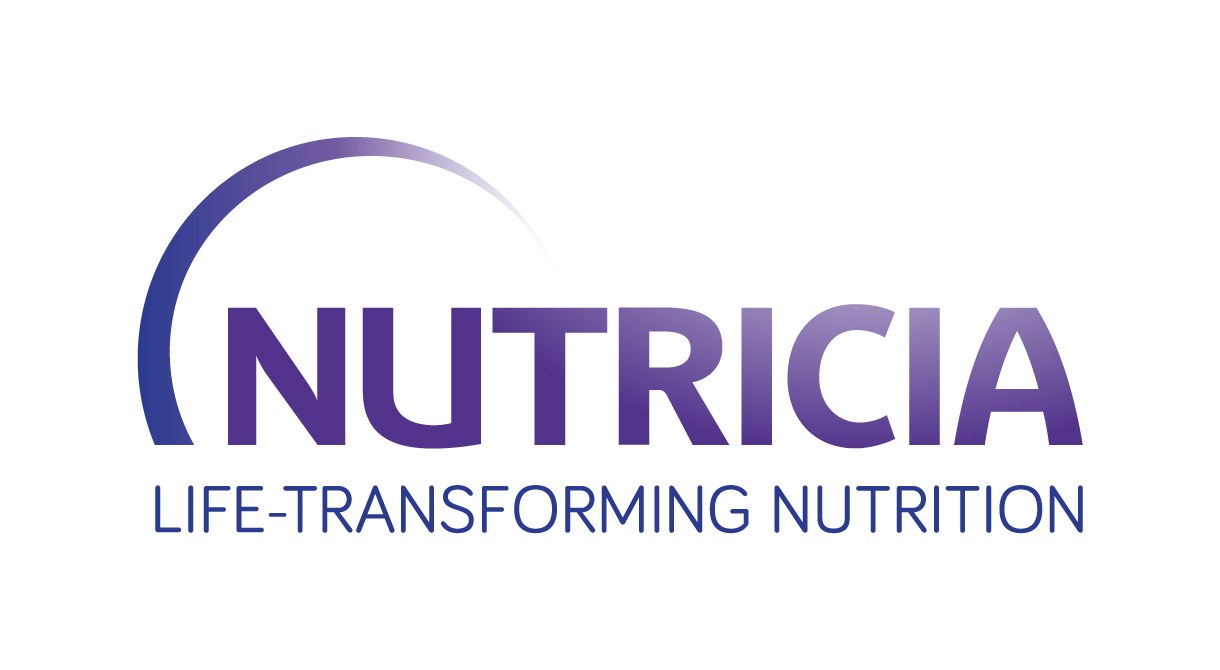Malnutrition affects both children and adults, often going unnoticed without proper screening. Early detection through screening is vital to improve patient health. Let’s work together to raise awareness and act early to stop malnutrition.
Malnutrition among pediatric patients and its impact
Malnutrition is often underestimated and poorly documented in hospitalized children, despite its significant impact on morbidity among pediatric inpatients1.

Malnutrition is associated with significant complications including compromised clinical outcomes, longer hospital stays, and increased healthcare costs3-8.
The significant burden malnutrition places on the patient and healthcare systems is demonstrated by recent evidence that malnourished pediatric patients experience:
- a nearly double length of hospital stay and over 3 times higher mortality rates compared to well-nourished patients7.
- a nearly 3 times higher chance of experiencing complications and readmission to hospital than those well-nourished8.
It is therefore generally recommended that malnutrition should be promptly identified and managed, with the European Society for Paediatric Gastroenterology Hepatology and Nutrition (ESPGHAN) among others calling for nutrition screening for pediatric patients admitted to hospital11.
Screening Tools
Nutritional screening tools are quick, non-invasive tools which are vital to identify and assess nutritional risk. When nutritional risk is identified, a more detailed assessment, with potential nutritional management and follow-up should come after9,10,12.

In a recent position paper ESPGHAN also confirms:
The purpose of nutritional screening is to identify individuals who are at risk for undernutrition, who need further nutritional assessment, and may likely benefit from nutritional intervention which would potentially influence outcome11.
Although various screening tools exist to evaluate nutritional risk and malnutrition in children, there is no universally accepted standard for their implementation.
Some are designed and validated for in-patient hospital settings, while others have been developed and validated in community settings or for specific medical conditions (for example the Feeding and Nutrition Screening Tool (FNST) to identify nutritional risk in children with cerebral palsy).
More information on FNST can be found at FNST - Feeding Nutrition Screening Tool.
Any validated method of nutritional screening will enhance clinicians' awareness of each child's nutritional status12.
The table below offers a summary of the available screening tools, including an analysis of their main components and intended purposes11-21.
Nutritional Screening
What screening tool to use (mixed population)?

Table adapted from11. NRS: Nutrition Risk Score; PNRS: Pediatric Nutritional Risk Score; STAMP: Screening Tool for the Assessment of Malnutrition and Growth; PYMS: Paediatric Yorkhill Malnutrition Score; STRONGkids: Screening Tool for Risk on Nutritional Status and Growth; PeDiSMART: Pediatric Digital Scaled Malnutrition Risk Screening Tool; PNST: Pediatric Nutrition Screening Tool; PNSS: Pediatric Nutrition Screening Score.
In 2022, the ESPGHAN SIG in Clinical Malnutrition published a position paper on nutritional screening in pediatric patients advocating for the regular use of nutritional screening tools for a diverse group of hospitalized children upon their admission. Whilst they remain impartial regarding the selection of a specific screening tool, they highlight the following:
- The choice of screening tool should be guided by the context, population, and available resources11.
- Clear recommendations for childcare facilities (written policy & protocol) should be in place for the identification of children with (or at risk of) malnutrition, including nutritional screening, and criteria for further assessment and follow-up11.
ACADEMY³: Free, Independent CME-Accredited E-Learning Courses
Advance your clinical expertise with three practical, evidence-based courses designed to support healthcare professionals in confidently assessing and managing pediatric malnutrition, while earning up to 4 European CME credits (ECMEC®).
Accreditation & Endorsement:
Accredited by the European Accreditation Council for Continuing Medical Education (UEMS-EACCME®)
Endorsed by ASPEN (American Society for Parenteral and Enteral Nutrition)
Caleb's story
6 months, congenital heart disease, USA
We finally found something Caleb loved and his weight took off to where we needed it.
Regular nutritional screening and growth monitoring are important to ensure children are identified early and receive the right nutritional support to help them grow and develop22,23. Nutricia partners with healthcare professionals and other experts to help manage children with a wide range of medical conditions, to ensure they grow and develop as well as possible. Our aim is to improve long-term health outcomes by offering a wide range and variety of medical nutrition products, including oral or tube feeding options, as well as tubes/pumps.
Nutricia, your trusted partner for over 100 years.
Learn more about Faltering Growth on Nutricia Academy
Access free educational content collated by our team of experts and find the latest clinical resources, global & regional guidelines and medical references on faltering growth.
- Saunders, et al. Clin Med. 2010:624.
- Diamanti, et al. Clin Nutr. 2019:1877-1882.
- Hecht, et al. Clin Nutr. 2015;34(1):53-59.
- Carvalho-Salemi, et al. J Acad Nutr Diet. 2018;118(1):40-51.
- Marchand, et al. Clin Nutr ESPEN. 2022;48:386-392.
- Topal, et al. Turk Arch Pediatr. 2021;56(1):37-43.
- Guenter, et al. Nutr Clin Pract. 2021;36(5):957-969.
- Létourneau, et al. BMC Pediatr. 2024:469.
- Canadian Malnutrition Task Force. [cited 2024 Mar]. Available from: https://nutritioncareincanada.ca/resources-and-tools/pediatrics/p-inpac/screening.
- Hulst, et al. Curr Opin Clin Nutr Metab Care. 2020;23(3):203-9.
- Hulst, et al. J Pediatr Gastroenterol Nutr. 2022;74(5):693-705.
- Joosten, et al. Clin Nutr. 2014;33(1):1-5.
- Reilly, et al. Clin Nutr. 1995;14(5):269-73.
- Sermet-Gaudelus, et al. Am J Clin Nutr. 2000;72(1):64-70.
- McCarthy, et al. J Hum Nutr Diet. 2012;25(4):311-8.
- Gerasimidis, et al. Br J Nutr. 2010;104(5):751-6.
- Gerasimidis, et al. Clin Nutr. 2011;30(4):430-5.
- Hulst, et al. Clin Nutr. 2010;29:106-11.
- Karagiozoglou-Lampoudi, et al. JPEN J Parenter Enteral Nutr. 2015;39:418-25.
- White, et al. JPEN J Parenter Enteral Nutr. 2016;40:392-8.
- Lu, et al. Asia Pac J Clin Nutr. 2018;27:65-71.
- Hecht, et al. Clin Nutr. 2013:34:53-59.
- Huysentruyt, et al. Nutrition. 2013;29:1356-1361.
Do you need support?
Contact our team for guidance on the use and composition of our product range, to get in touch with your local Nutricia representative.
We are available Monday to Friday 9am-5pm (except Philippine Holidays)

Important Notice
Breastfeeding is the best form of nutrition for infants and provides many benefits to babies and mothers. In preparation for and during breastfeeding, it is important to maintain a healthy and balanced diet. Combined breast and bottle-feeding in the first weeks of life may reduce the supply of breast milk, and reversing the decision not to breastfeed is difficult. The social and financial implications of not breastfeeding should be considered. All preparation and feeding instructions must be carefully followed, as improper preparation could pose in health risks to the baby. Always consult a healthcare professional for advice on infant feeding and use the products under medical supervision after considering all feeding options.
You are about to leave Nutricia Export B.V. (“Nutricia”)’s landing page and access the third-party website.
Before you proceed, we want to inform you of the following:
1. The third-party website you are entering is not operated or controlled by Nutricia.
2. Nutricia is not responsible for the content, services, or products offered on the third-party
website.
3. Any transactions or interactions you have on the third-party website are solely between you and the third party.






